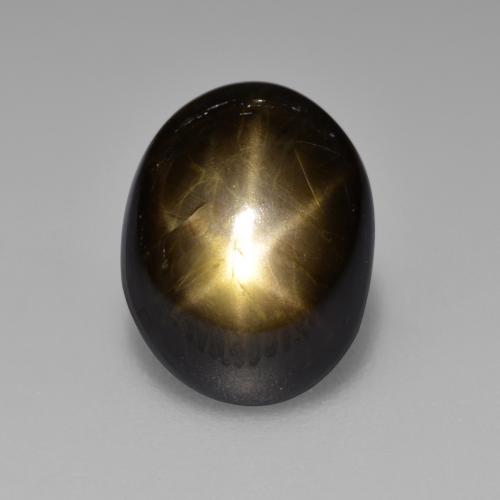

The gemstone was loaned to the Smithsonian Institution's National Museum of Natural History in Washington, D.C., in 1969, and in 1971 it received some brief television fame when the stone featured around the neck of Cher. Kazanjian spent two months studying the stone before making the decision to cut it, sacrificing over 400 carats to reveal the six-pointed star. In 1947, Harry Spencer agreed to sell the stone to Armenian-born jeweler Harry Kazanjian for $18,000, with which Spencer built a new house for his family.

The star effect in star sapphires is caused by microscopic inclusions, mainly rutile, aligned in a threefold pattern inside the stone that reflects the light entering the stone through its dome shaped face into a six-ray star pattern. The large black stone is surrounded by a row of 35 pear-shaped smaller white diamonds.Īs with all star sapphires, the star moves with changing angles of illumination and observation and belongs to the group of minerals known as corundum, a crystalline form of aluminum oxide (Al 2O 3). The beauty of the stone is further enhanced by its white gold setting. The bright six-ray star is set in a completely black background. The center of the star is much bigger and brighter than normal star sapphires. The Black Star sapphire is an oval-shaped gemstone cut as a cabochon like all other star sapphires. The Black Star of Queensland, named after its nature and place of origin, is a 733-carat (146.6 g) black sapphire, and was the world's largest gem quality star sapphire until The Star of Adam was discovered.


 0 kommentar(er)
0 kommentar(er)
